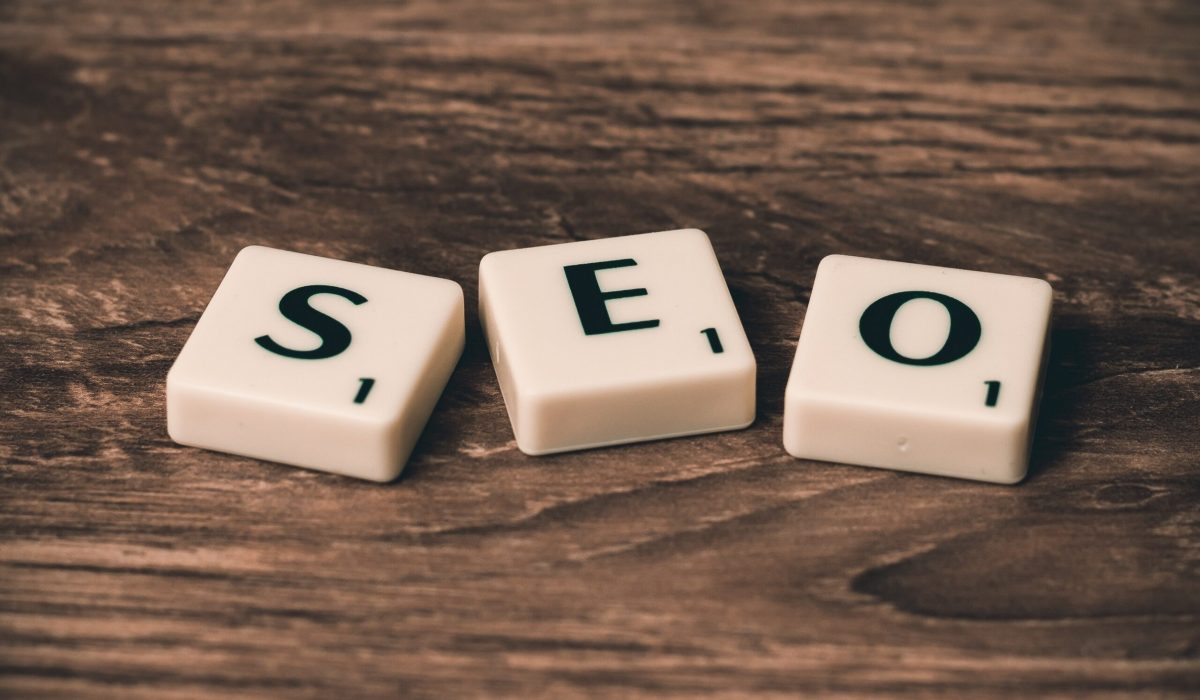
At its heart, a catalyst saves energy. That’s what internal linking saves you when it comes to content promotion and distribution.
Most content creators and editors treat promotion as a separate function that isn’t part of their job. Yet, they are the front line of promotion. When they think carefully about internal linking processes, it can help content rank more quickly than if they hadn’t considered those links.
Most Common Linking Terms:
- Internal Linking:
A link that connects two pages on your website. In HTML form, it looks like [ <a href=”mywebsite.com/blog”>Read our blog</a> ]. Internal links act as a map of your site, helping visitors and search engine spiders navigate multiple relevant pages.
- External Linking:
An external link is a URL that points to an external resource. For example, if you have a guide about Slack on your website, the external link should be Slack’s features page.
- Backlink:
A type of link pointing to a website from another domain. Different types of backlinks include submitting guest posts or being featured on podcasts.
- Anchor Text:
The visible words that link to the internal page.
Content Updates and Internal Linking
Internal linking can use some adjustment over time. Keep an eye on content with declining performance – organic traffic, search rankings, or a combination of both. Building new internal links between existing and newly published content can play a role in bringing that performance back up to where it was (or better).
When refreshing old content, find internal linking opportunities:
- Do a site search to find content you recently published on that topic
- Browse content categories to find cluster pages
UX vs Internal Linking
It is not always easy to determine the appropriate number of internal links on a page. There are no hard and fast rules for this, so don’t worry about going overboard.
Internal links help with SEO, but they also serve a higher purpose: improving user experience. If you feel like your internal links don’t improve the UX of your pages, then get rid of them.
UX vs Broken Links
Linking to broken or low-quality, slow pages is the virtual equivalent of a dead-end. That will have a negative impact on both users and crawlers. “Error: this page was not found” is frustrating to see.
For that reason, always scope out your destination links before you add them to pages. Open the page in a new tab:
- Does it return a perfectly designed page?
- Does the layout make the content hard to read?
- Has the page disappeared?
Internal No Follow Links
Google recently announced new link types that website owners can use to help Google understand a page’s relationship to another.
These include:
- rel=”ugc” – pointing to content a user has created on your site
- rel=”sponsored” – pointing to sponsored content or paid links
- rel=”nofollow” – pointing to pages or sites you don’t want to be associated with
Final Thoughts
Getting internal linking right for SEO is now an easy task with the details we mentioned above, but the most technical task is to uplift the website ranking on search engines. At AI Advertisment we focus on providing you genuine AI SEO Services that would effectively give your business ranking a boost.
Want to know more about our services?
Let’s connect.

